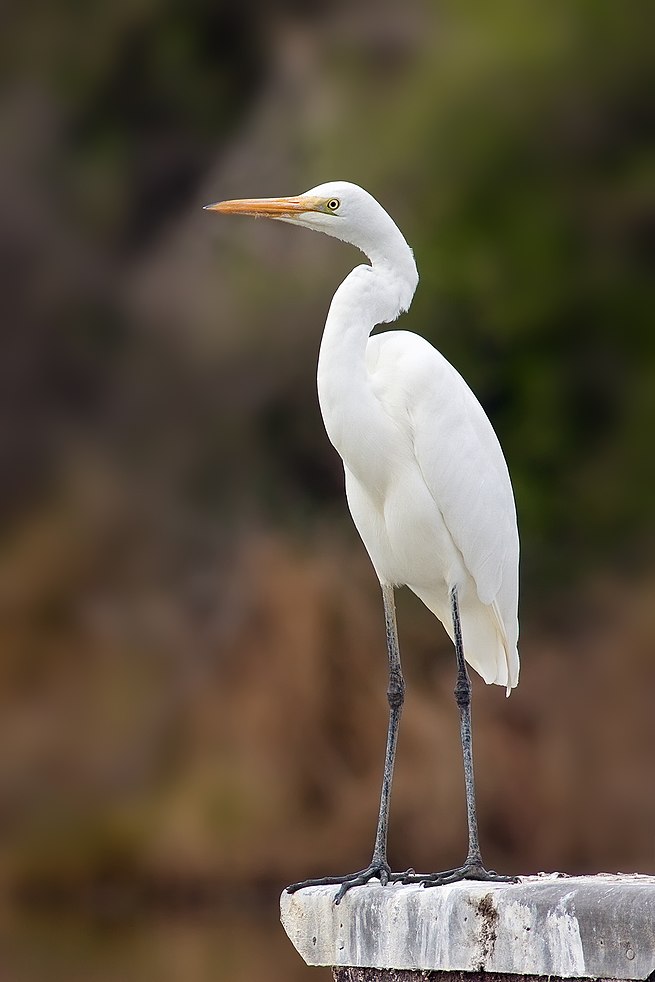
-
Egret
An egret is any of several herons, most of which are white or buff, and several of which develop fine plumes (usually milky white) during the breeding season.
-
Stork
Storks are large, long-legged, long-necked wading birds with long, stout bills. They belong to the family called Ciconiidae, and make up the order Ciconiiformes. Ciconiiformes previously included a number of other families, such as herons and ibises, but those families have been moved to other orders.
Storks dwell in many regions and tend to live in drier habitats than the closely related herons, spoonbills and ibises; they also lack the powder down that those groups use to clean off fish slime. Bill-clattering is an important mode of communication at the nest. Many species are migratory. Most storks eat frogs, fish, insects, earthworms, small birds and small mammals. There are nineteen living species of storks in six genera.
Various terms are used to refer to groups of storks, two frequently used ones being a muster of storks and a phalanx of storks.
Storks tend to use soaring, gliding flight, which conserves energy. Soaring requires thermal air currents. Ottomar Anschütz’s famous 1884 album of photographs of storks inspired the design of Otto Lilienthal’s experimental gliders of the late nineteenth century. Storks are heavy, with wide wingspans: the marabou stork, with a wingspan of 3.2 m (10 ft) and weight up to 8 kg (18 lb), joins the Andean condor in having the widest wingspan of all living land birds.
Their nests are often very large and may be used for many years. Some nests have been known to grow to over two metres (six feet) in diameter and about three metres (ten feet) in depth. Storks were once thought to be monogamous, but this is only partially true. They may change mates after migrations, and may migrate without a mate.
Storks’ size, serial monogamy, and faithfulness to an established nesting site contribute to their prominence in mythology and culture.
-
Egret (noun)
Any of various wading birds of the genera Egretta or Ardea that includes herons, many of which are white or buff, and several of which develop fine plumes during the breeding season.
-
Egret (noun)
A plume or tuft of feathers worn as a part of a headdress, or anything imitating such an ornament; an aigrette.
-
Egret (noun)
The flying feathery or hairy crown of seeds or achenes, such as the down of the thistle.
-
Egret (noun)
The crab-eating macaque (Macaca fascicularis)
-
Stork (noun)
A large wading bird with long legs and a long beak of the family Ciconiidae.
-
Stork (noun)
The mythical bringer of babies to families, or good news.
-
Stork (noun)
The seventeenth Lenormand card.
